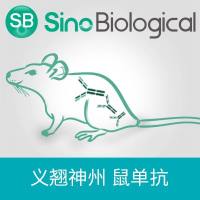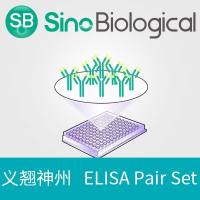Measurement of Cell Adhesion Under Static Conditio
互联网
Many different molecules have been described to promote cell adhesion including several cell surface carbohydrate-binding proteins. Measuring cell adhesion in the convenient 96-well microtiter plate format is difficult due to the shear forces generated by washing the wells. This protocol introduces the use of a liquid-filled wash chamber that separates unbound cells by gravity thereby eliminating uncontrolled shear forces and passage of adherent cells through a liquid/air interface. The cells are loaded with a fluorescent dye (6-carboxyfluorescein diacetate) for detection although other methods such as radioactive labels may be used. This protocol is also useful for assaying molecules that promote or inhibit cell adhesion.
Materials:
|
Static cell adhesion Wash Chamber
Test cells in suspension Test cell adhesion molecule 6-carboxyfluorescein diacetate Microtiter plate (96-well) Automatic 96-well plate washer (optional) Microtiter plate fluorescence plate reader HEPES CaMg buffer: (0.05 M HEPES, 0.15 M NaCI, 1 mM CaCl2 , 1 mM MgCl2 , pH 7.4) Bovine serum albumin (BSA) RPMI 1640 culture media Fluorescence measurement system for microtiter plates |
Protocol:
1. Coat 96-well microtiter plate with the cell adhesion molecule by incubation of each well with 200 ng of cell adhesion molecules in 100 µl of HEPES CaMg buffer for 2 hrs. at 37°C.
2. Block further non-specific binding to the plastic wells by the addition of 100 µl of 2% BSA in HEPESCaMg/well. Incubate at room temperature for 1 hr.
3. Wash the microtiter plate with HEPESCaMg buffer by hand or by using an automatic 96-well plate washer.
4. Fill wells with 100 µl of HEPESCaMg buffer containing 1% BSA or add test inhibitors of cell adhesion in 100 µl of HEPESCaMg buffer containing 1% BSA to each well and incubate for 2 hrs. at room temperature.
5. During incubation load test cells with 6-carboxyfluorescein diacetate (6-CFDA) as follows:
A. Wash cell suspension with RPMI 1640
B. Resuspend cells in 4.8 ml of RPMI 1640
C. Add 200 µl of a 1 mg/ml solution of 6-CFDA dis- solved in RPMI 1640
D. Incubate at 37°C for 30 mins.
E. Wash cells 3 times with HEPESCaMg buffer
F. Adjust the cell concentration to 2 x 106 cells/ml.
6. Add 100 µl of 6-CFDA loaded cells (2 x 106 cells/ml) to coated wells containing 100 µl of HEPESCaMg.
7. Incubate at room temperature for 20 min.
8. Place microtiter plate in static cell adhesion Wash Chamber filled with HEPESCaMg buffer and close chamber to eliminate any air interface and leakage.
9. Invert the chamber and allow unbound cells to fall out of wells for 6 min. at room temperature.
10. Stand the wash chamber on end, remove the gasketed top, and with forceps gently remove the plate at a 15 degree angle to ensure liquid remains in wells.
11. Measure fluorescence using a microtiter plate reader such as the Cytofluor 2350 from Perseptive Biosystems, Inc.
<center> <p> </p> </center>上一篇:Immunostaining Thin Layer Chromatograms Of Glycolipids 下一篇:A Method for Micro-Scale Isolation and Purificatio







